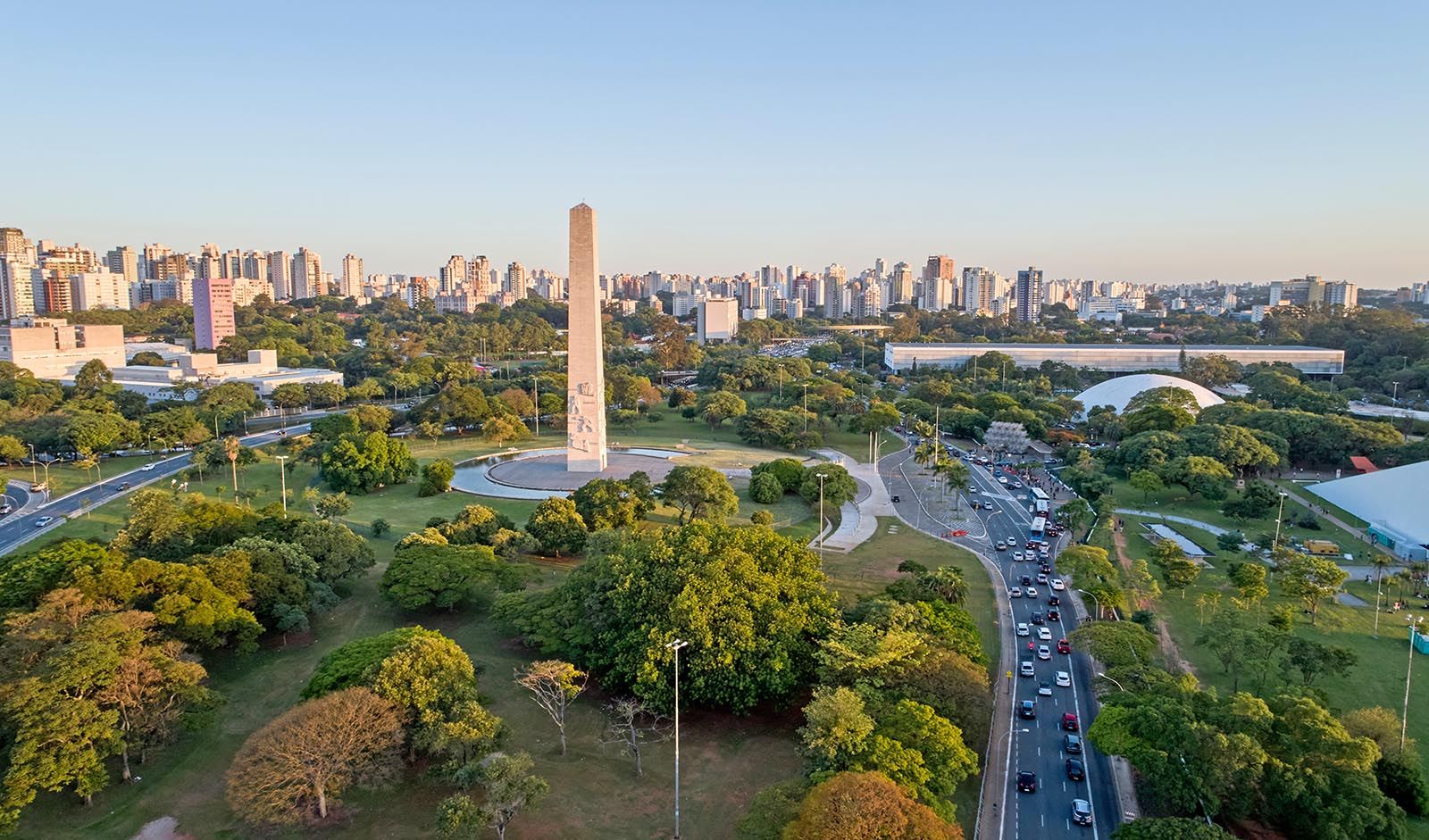16. Dive deep in Fernando de Noronha (if you can afford it)
Fernando de Noronha is drop-dead gorgeous, fiercely protected, and – let’s be honest – painfully expensive. But if you’re building a list of things to do in Brazil that are worth the splurge, this place earns its spot.
Located some 545km from Pernambuco and 350km from Natal, this volcanic archipelago has sixteen beaches, warm, clear waters, and some of the best diving in South America. Visibility often hits 40m, and the underwater scene includes coral reefs, turtles, reef sharks, dolphins, and enough colorful fish to keep any diver or snorkeler grinning through their mask.
The island limits visitors to protect its delicate ecosystem, which keeps things pristine, but also drives prices way up. Think environmental taxes, strict daily visitor caps, and accommodations that start pricey and go up from there.
How to get to Fernando de Noronha
- By air: Daily flights from Recife and Natal. Book early – seats fill up fast.
- Arrival fees: All visitors must pay an environmental preservation fee (charged per day) and a separate marine park entrance fee for certain areas.
When to visit Fernando de Noronha
- August to December: Best conditions for diving and spotting dolphins.
- January to March: Surf season – great for waves, but can impact visibility.
- Avoid holidays: Prices skyrocket and availability drops fast.























